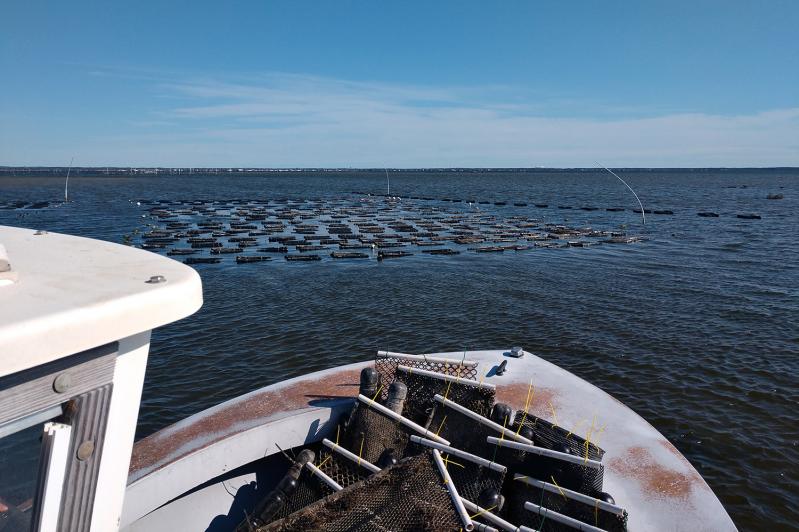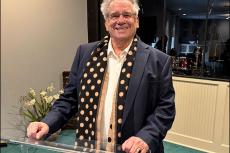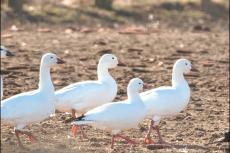Triploid oysters are not native to Long Island waters — or any region, really — but an experiment is underway in Napeague Harbor and Great South Bay in Islip to determine whether the unusual bivalves can thrive here. Because they are bred to have an extra chromosome in their DNA, triploid oysters are known for their faster growth, environmental benefits, better resilience against disease — and their inability to reproduce.
That's why Christopher Brianik, a Stony Brook University Ph.D. student who helped spawn the oysters, was disappointed to learn that someone had raided both study areas and waded away with thousands of mature triploid oysters over the last several months. All four bags being grown at an East Hampton Town Shellfish Hatchery grow-out site were taken, but in Islip, there were 54 bags, all of which were stolen -- around 11,000 oysters in total. Each bag's contents would have weighed around 40 pounds.
"Someone probably stole them and threw them into their own farm," Mr. Brianik said on Tuesday. "Moving 11,000 oysters isn't a small task, and the location wasn't accessible to people who wouldn't know where it was."
The Napeague Harbor theft was discovered on Nov. 9 by Barley Dunne, the director of the town shellfish hatchery, who was assisting Mr. Brianik in data collection. At around 5 p.m., Mr. Dunne went to check the bags on the line and discovered they were empty, meaning someone had unpinned them, emptied them, and then replaced them. He promptly reported it to police.
"I've never seen a blatant theft like this," Mr. Dunne said. "Years ago, we had some bay scallop sanctuaries set up, and those were poached. That was back in 2012. We've never really had issues with our nursery or field, so hopefully this isn't the beginning of a trend."
Detective Sgt. Daniel Toia of the East Hampton Town police said the town's Marine Patrol "is pursuing all leads in the matter, and the case is still ongoing."
Mr. Dunne suggested that many of the oysters were of edible size, meaning they could have already landed on people's plates. He estimated they were valued at 40 to 50 cents apiece, suggesting the monetary loss is somewhere between $4,500 and $5,500.
The loss of the valuable information on Mr. Brianik's bivalves is harder to gauge, but fortunately, he said, the experiment is "robust enough that we can still move forward with it. We also have lab studies on how well they tolerate stresses and local pathogens. The field part is winding down."
In a 2010 story in Chesapeake Quarterly, a publication of the Maryland Sea Grant organization, Michael W. Fincham called triploid oysters "an oyster for all seasons." He chronicled the birth of the triploid with a profile of Standish Allen, who first developed the oyster in 1979 as a graduate student at a shellfish hatchery in Maine.
"They usually don't grow gonads and don't bother spawning, letting them put all their energy year round into growing meat," Mr. Fincham wrote of Mr. Allen's bivalve variety. "As a result, the yield from an invented oyster is up to twice the yield from a natural oyster. These fat little oysters can go to market any time of the year — not just Thanksgiving and Christmas and Easter."
Indeed, this type of oyster has "become the industry standard in places like France and the West Coast," Mr. Brianik said.
His experiment began to take shape physically in April after at least a year — "maybe longer" — of planning and development.
"The goal was to help find the best oyster lines to make triploid oysters with," Mr. Brianik said, "so that local growers can use this information to help themselves out."




